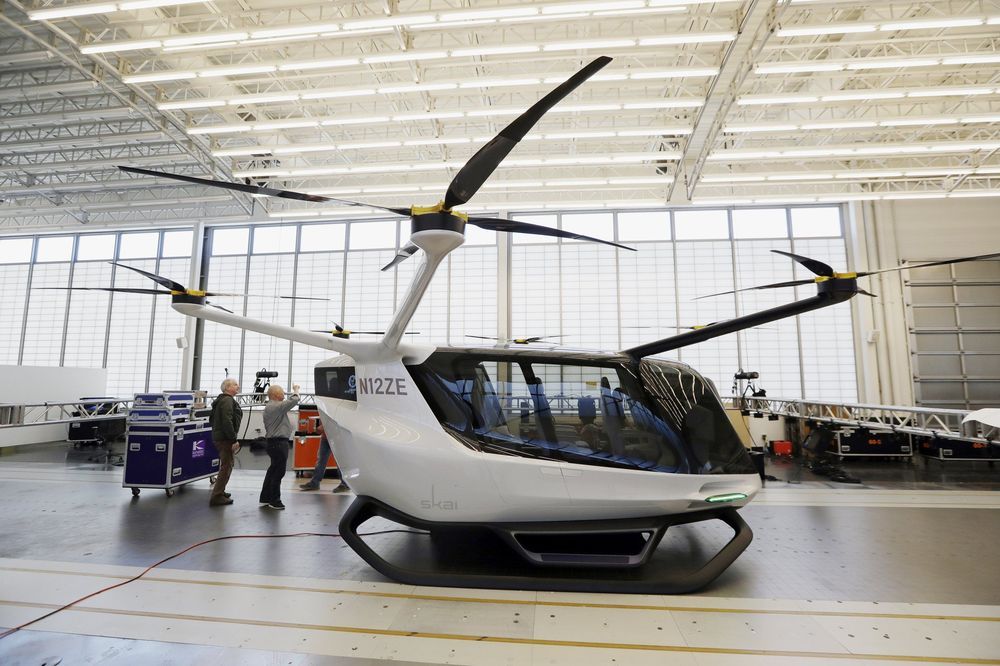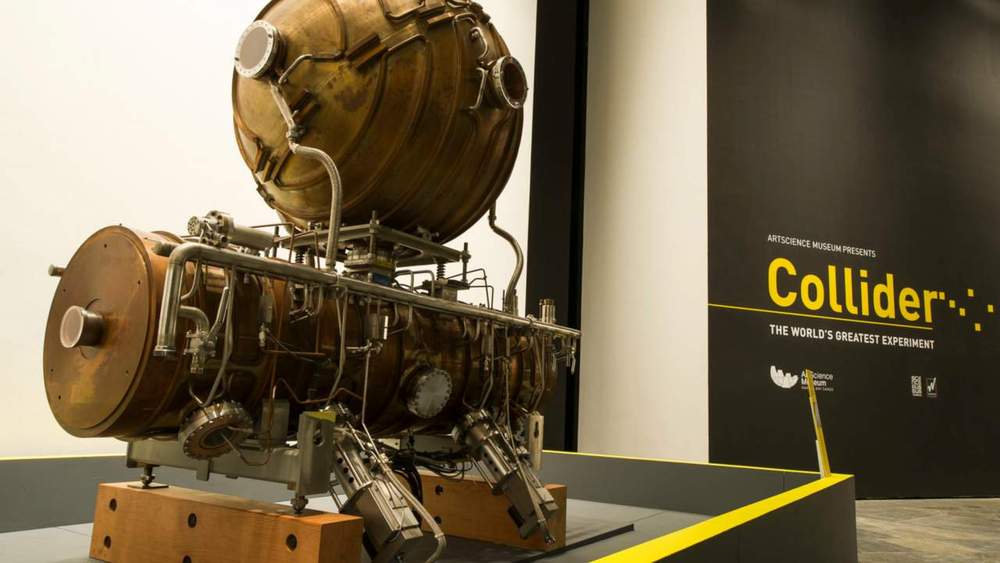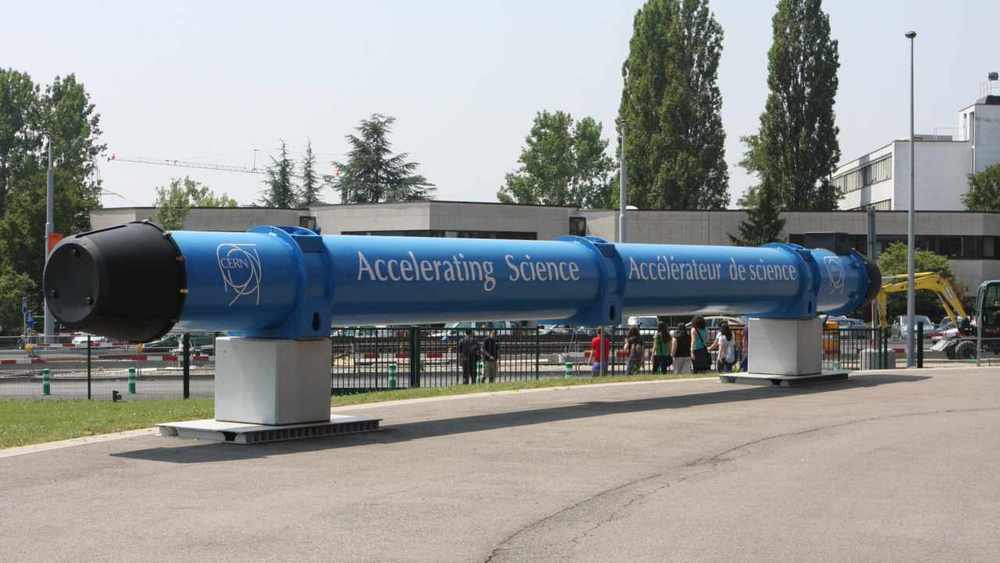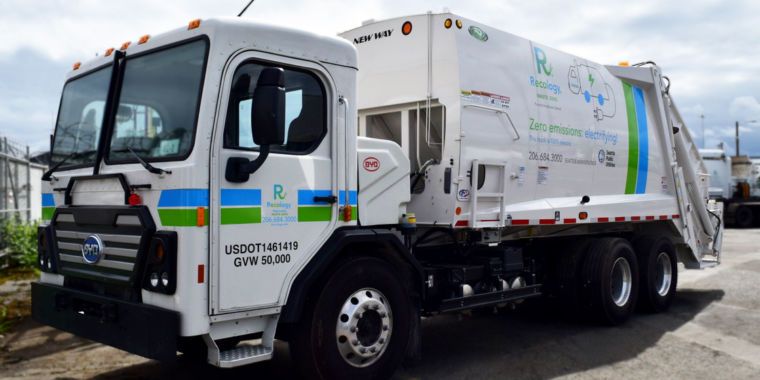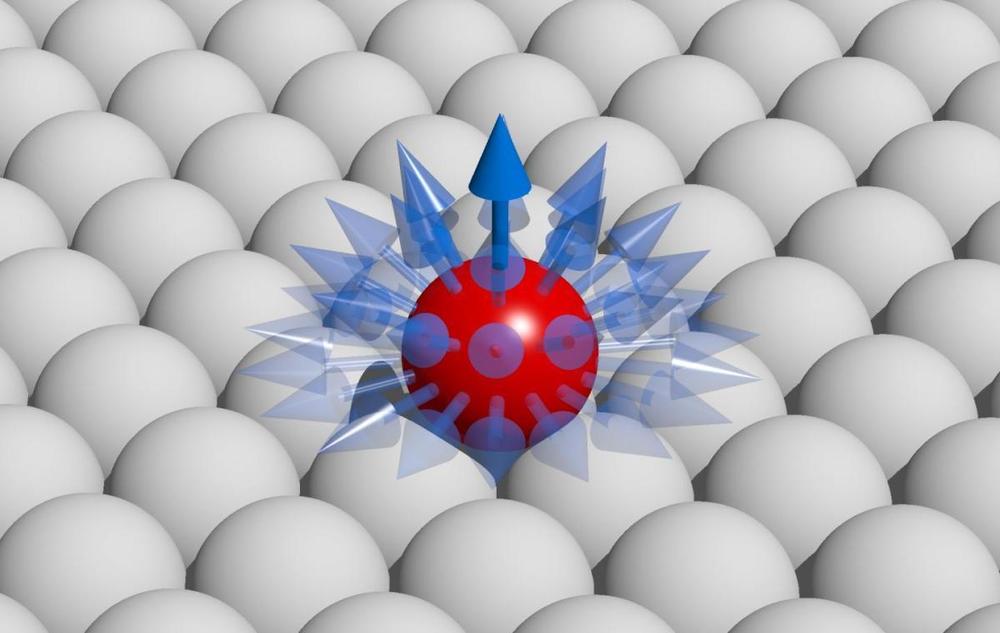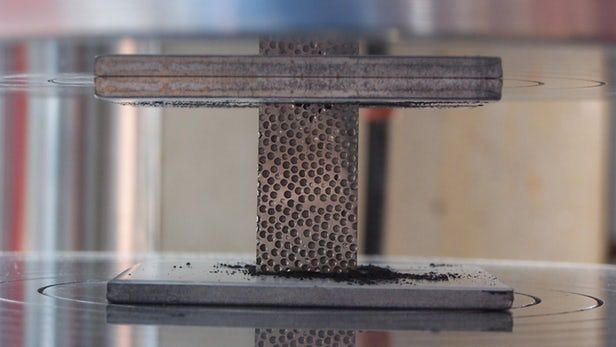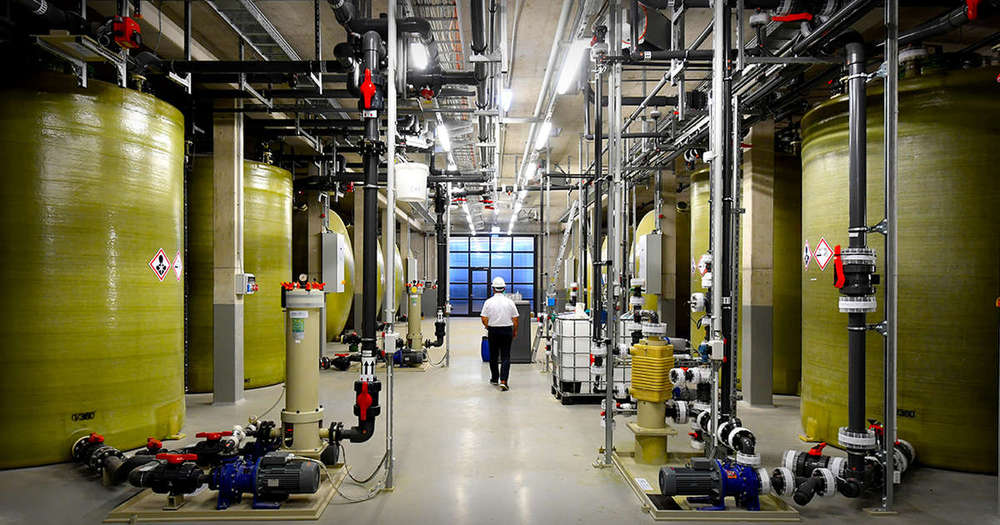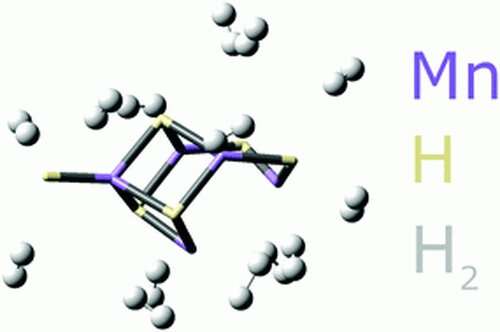Wearable devices that harvest energy from movement are not a new idea, but a material created at Rice University may make them more practical.
The Rice lab of chemist James Tour has adapted laser-induced graphene (LIG) into small, metal-free devices that generate electricity. Like rubbing a balloon on hair, putting LIG composites in contact with other surfaces produces static electricity that can be used to power devices.
For that, thank the triboelectric effect, by which materials gather a charge through contact. When they are put together and then pulled apart, surface charges build up that can be channeled toward power generation.
